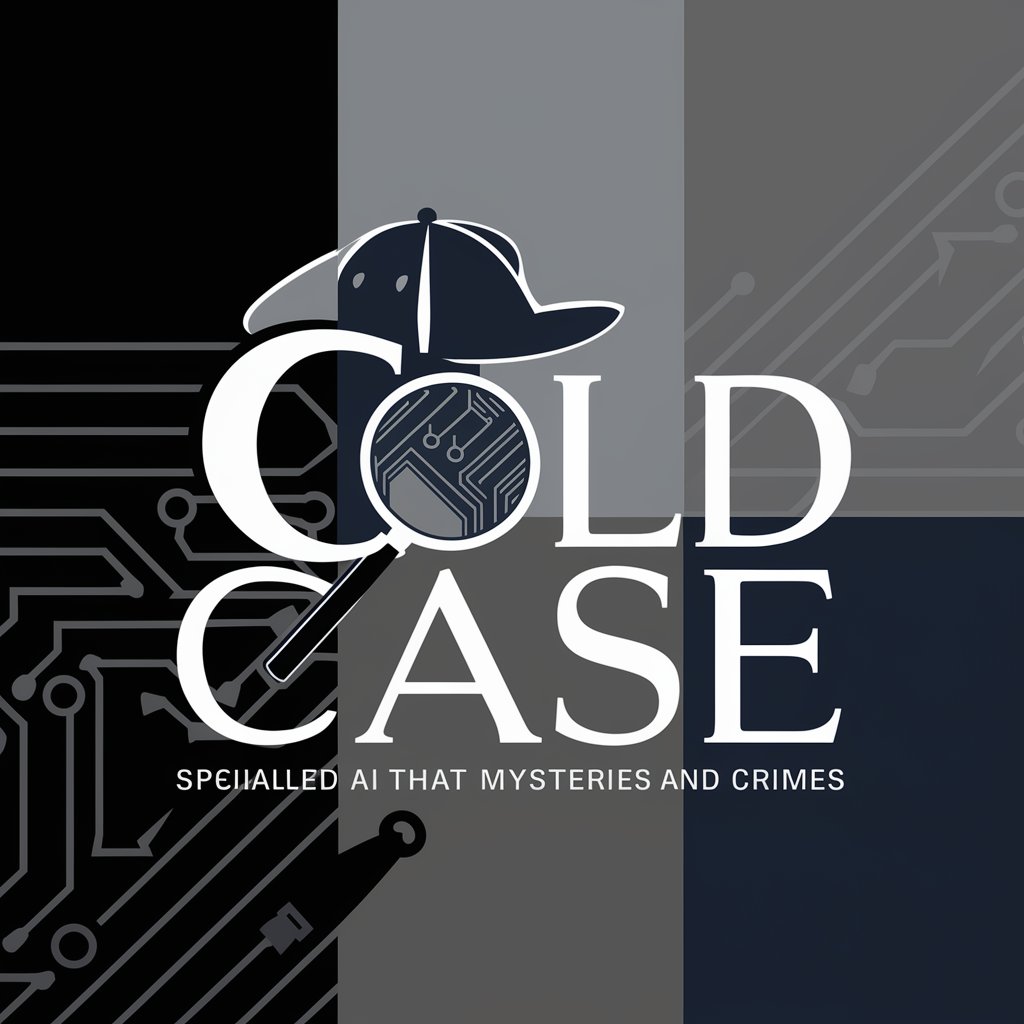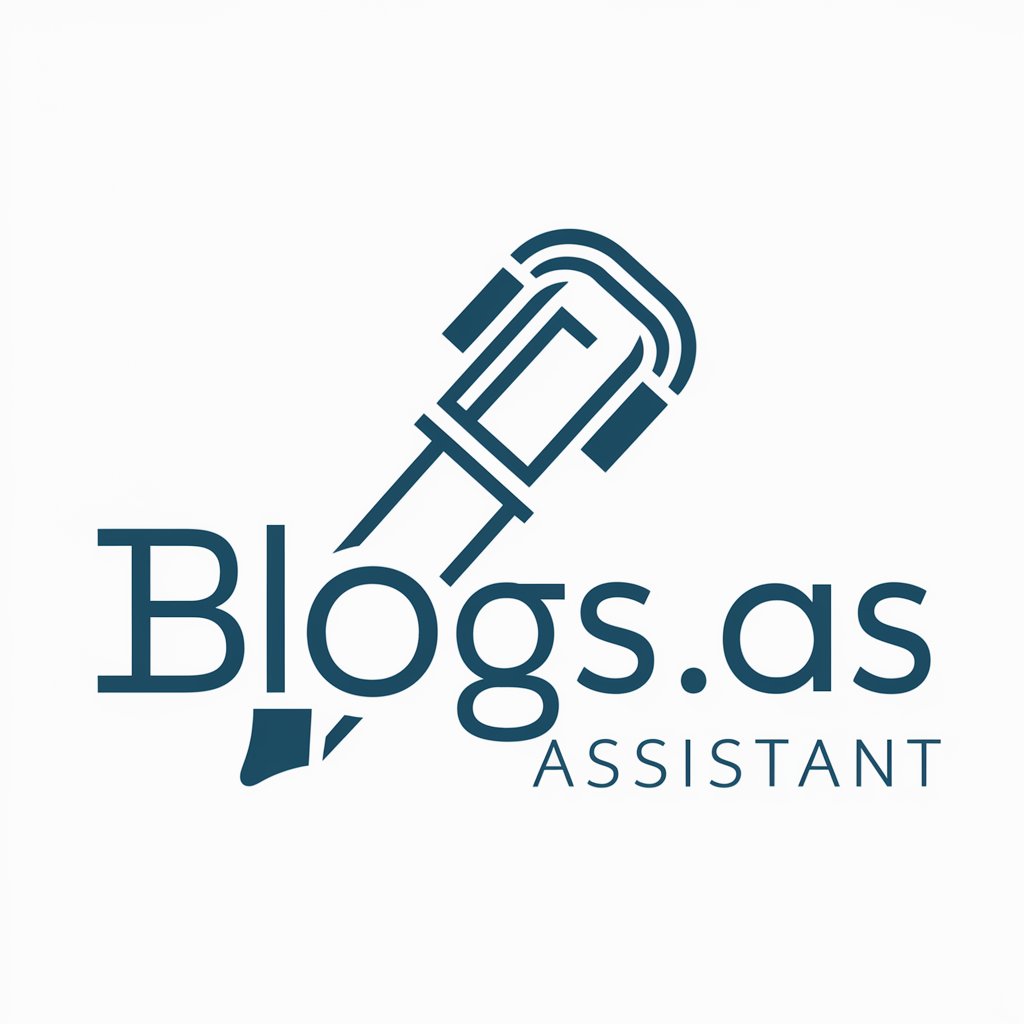EPO Patent and Procedure Guide - EPO Patent Guide

Welcome! How can I assist with your EPO patent questions today?
Navigate EPO Procedures with AI
How do I respond to a formalities objection in an EPO patent application?
What are the requirements for amending claims during the EPO examination process?
Explain the process of filing an opposition to a granted European patent.
What are the steps to file a PCT application with the EPO as the receiving office?
Get Embed Code
Overview of EPO Patent and Procedure Guide
The EPO Patent and Procedure Guide is designed as a comprehensive resource for patent professionals engaging with the European Patent Office (EPO). It serves to assist in filing and prosecuting patent applications within the jurisdiction of the EPO, adhering closely to the European Patent Convention (EPC), Patent Cooperation Treaty (PCT) rules and guidelines, and EPO case law. Its primary purpose is to provide users with detailed guidance on various aspects of patent application processes, including claim formulation, adherence to procedural guidelines, and effective response strategies to objections raised by EPO examiners. For example, it helps in navigating complex procedures such as the response to the European search report, examination procedures, and opposition proceedings, thereby ensuring that applications meet all necessary criteria for patentability under EPO standards. Powered by ChatGPT-4o。

Core Functions of the EPO Patent and Procedure Guide
Guidance on Filing European Patent Applications
Example
Assisting in the preparation of documents and forms for submission, including the description, claims, abstract, and drawings.
Scenario
A patent attorney preparing to file a new invention application uses the guide to ensure all parts of the application comply with EPO requirements.
Explanation of EPO Examination Procedures
Example
Detailing strategies for responding to examination reports, including how to amend claims and argue against objections.
Scenario
An inventor receives an examination report with objections to patentability. The guide provides a step-by-step approach to addressing these objections effectively.
Assistance with Opposition and Appeal Procedures
Example
Offering insights into the opposition process, including timelines, grounds for opposition, and procedural steps for filing an appeal.
Scenario
A company facing an opposition against their granted patent uses the guide to understand their options and prepare a defense.
Navigating PCT Applications with the EPO
Example
Providing information on filing PCT applications through the EPO, including acting as a Receiving Office and International Searching Authority.
Scenario
An applicant looking to protect their invention internationally uses the guide to understand the PCT process via the EPO, including fee structures and procedural requirements.
Advising on Fees and Payment Procedures
Example
Detailed breakdown of fee requirements for various procedural steps, including fee schedules and payment methods.
Scenario
A start-up company planning their budget for patent protection consults the guide to estimate the costs associated with filing and maintaining a European patent.
Target User Groups of the EPO Patent and Procedure Guide
Patent Attorneys and Agents
Professionals specializing in patent law who require detailed procedural knowledge for advising clients, drafting applications, and navigating the examination process.
Inventors and R&D Departments
Individuals and teams in research and development seeking to protect their inventions in Europe, needing guidance on the patenting process and strategies for successful patent grant.
Corporate Legal Departments
In-house legal teams responsible for managing a company's intellectual property portfolio, especially those focusing on securing and maintaining patent rights in multiple jurisdictions.
Academic and Research Institutions
Entities involved in scientific research looking to patent their discoveries and innovations, requiring assistance in navigating the complexities of patent law and procedures.

Guidelines for Using the EPO Patent and Procedure Guide
Begin Your Journey
Start by accessing a comprehensive EPO guidance resource like 'yeschat.ai' for an initial, no-commitment introduction, without the need for ChatGPT Plus subscription or logging in.
Familiarize with Content
Explore sections relevant to your needs, such as filing procedures, patentability criteria, and opposition processes, to gain an overview of the EPO's operational framework.
Utilize Advanced Features
Leverage tools like search functions and filters to drill down into specific guidelines, case laws, or procedural steps pertinent to your patent application or query.
Engage with Interactive Elements
Make use of interactive elements like Q&A, examples, and hypothetical scenarios provided to understand complex procedures and regulations in practical terms.
Stay Updated
Regularly check for updates or amendments to the EPO guidelines to ensure your patent application and management strategies remain compliant and effective.
Try other advanced and practical GPTs
ที่ปรึกษาฝ่ายขาย
Empowering SMEs with AI-driven Sales Insights

Vamanos AI Agent for Modern GTM Teams.
Empower Your GTM with AI

Crime and Mystery Solver
Unravel mysteries with AI-powered analysis.

Betty wang
Empowering Content Creation with AI

MLA Law Firm FAQ Copywriter
Automate Your Legal FAQs with AI

Blogs.as Assistant
Elevate Your Blogging with AI-Powered Creativity

Hemp Sales Navigator
Streamlining Hemp Sales with AI

AIOS Dream Render Advanced
Transforming Spaces with AI-Powered Design

Describe and Price Product from Photos for Sale
AI-powered eBay Listing Optimizer

Dilate Brand Compass
AI-powered Brand Strategizer

Quantum Mathematica
Empowering Quantum Innovation with AI

"HRMS Helper"
Empowering HR with AI-driven Solutions

Frequently Asked Questions About the EPO Patent and Procedure Guide
What is the EPO Patent and Procedure Guide designed for?
The guide serves as a comprehensive resource for patent professionals and applicants, offering detailed insights into filing, prosecuting, and managing patent applications within the European Patent Office framework.
How can the guide help in responding to EPO objections?
It provides strategic guidance and practical tips on how to effectively address and overcome objections raised during the examination process, including examples and case law references.
Can the guide assist with PCT applications at the EPO?
Yes, it includes specific sections on filing PCT applications with the EPO as the receiving office or International Searching Authority, outlining procedural steps, required documents, and fee information.
Does the guide offer information on EPO appeal procedures?
It contains detailed explanations of the appeal process, including how to file an appeal, the examination of appeals by the Boards of Appeal, and the potential outcomes and implications.
Are there tips for optimizing patent claims according to EPO standards?
The guide offers insights on formulating claims that meet EPO's patentability criteria, including clarity, novelty, and inventive step, with examples of acceptable and problematic claims.
